When it comes to recovery from injury or surgery, the right type of movement can make all the difference. That’s why more physiotherapists and trainers are turning to the Pilates reformer as a powerful tool for rehabilitation. Designed to support controlled, low-impact exercise, reformers offer a safe and effective path to regaining strength, mobility, and confidence.
Why Pilates Works for Rehabilitation
Pilates emphasizes core strength, stability, and alignment — three key factors in the healing process. Unlike high-impact workouts, reformer-based Pilates offers gentle, guided movements that can be adjusted to suit any fitness or recovery level.
Benefits include
- Low-impact, joint-friendly exercise
- Improved posture and spinal alignment
- Enhanced flexibility and muscle balance
- Controlled resistance for safe progression
The Role of the Reformer in Recovery
Unlike mat Pilates, the reformer uses a sliding carriage, adjustable springs, and straps to create resistance. This setup:
Supports the body: Reduces strain on injured areas while still engaging muscles.
Customizes resistance: Springs can be lightened for early recovery or increased as strength improves.
Encourages correct movement patterns: Helps retrain the body to move safely and efficiently.
This makes reformers especially valuable for recovering from back pain, joint injuries, post-surgical rehab, and sports-related strains.
Common Rehabilitation Exercises on the Reformer
While specific programs should always be guided by a certified Pilates instructor or physiotherapist, some common rehab-friendly exercises include:
Footwork: Builds lower-body strength while keeping joints supported.
Leg Circles: Improves hip mobility and coordination.
Bridging: Strengthens the core and spine with controlled support.
Arm Work with Straps: Gentle upper-body conditioning without heavy weights.
Who Can Benefit?
Reformer Pilates is ideal for:
- Post-surgery patients (with medical clearance)
- Athletes recovering from injury
- Individuals with chronic pain or mobility challenges
- Anyone seeking a gentle return to movement
Safety First: Working with Professionals
While reformer Pilates is safe and adaptable, it’s crucial to work with a certified instructor or rehabilitation specialist during recovery. They’ll ensure exercises are modified to your specific needs and that progress is gradual and safe.
Final Thoughts
Pilates reformers aren’t just for fitness enthusiasts — they’re a proven tool for rehabilitation and recovery. By combining low-impact movement, adjustable resistance, and guided alignment, they help restore strength and mobility while reducing the risk of re-injury.ginner or advanced practitioner, investing in a few high-quality Pilates accessories will help you maximize results, prevent plateaus, and keep your practice exciting.
Other News
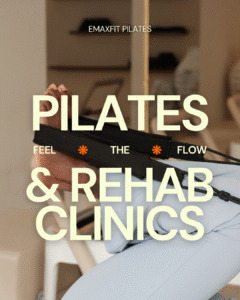
Why Rehab Clinics Need a Durable Pilates Reformer: A Complete Guide for Modern Healthcare Providers
When it comes to rehabili
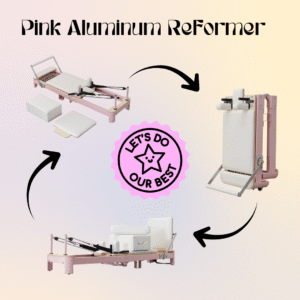
Compact Folding Reformer for Home Yoga Studio — Smart Design, Studio-Grade Quality
As home fitness continues

Wholesale Pilates Reformer Factory Direct: Your Trusted Partner for Quality and Value
As the global Pilates ind
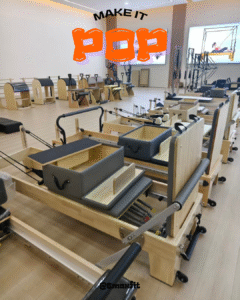
Why the Wooden Pilates Reformer Is Perfect for Small Studio Spaces
When it comes to designin

Exploring Malaysia’s Pilates Market — Emaxfit’s Visit to Kuala Lumpur and Melaka
As part of our continuous
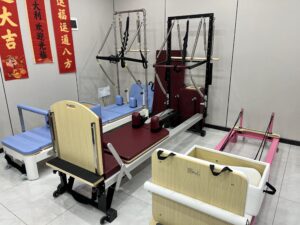
New Pilates Reformer Models Showcased at Emaxfit Office
At Emaxfit, we are always

From Spain to China: A Professor’s Inspiring Visit to Emaxfit
At Emaxfit, we believe Pi

Pilates Reformer Dealer or Distributor Opportunities: Grow With Emaxfit
Are you passionate about

Why You Should Buy an Aluminum Pilates Reformer with Adjustable Springs
Are you looking to upgrad
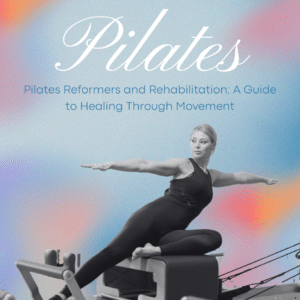
Pilates Reformers and Rehabilitation: A Guide to Healing Through Movement
When it comes to recovery
